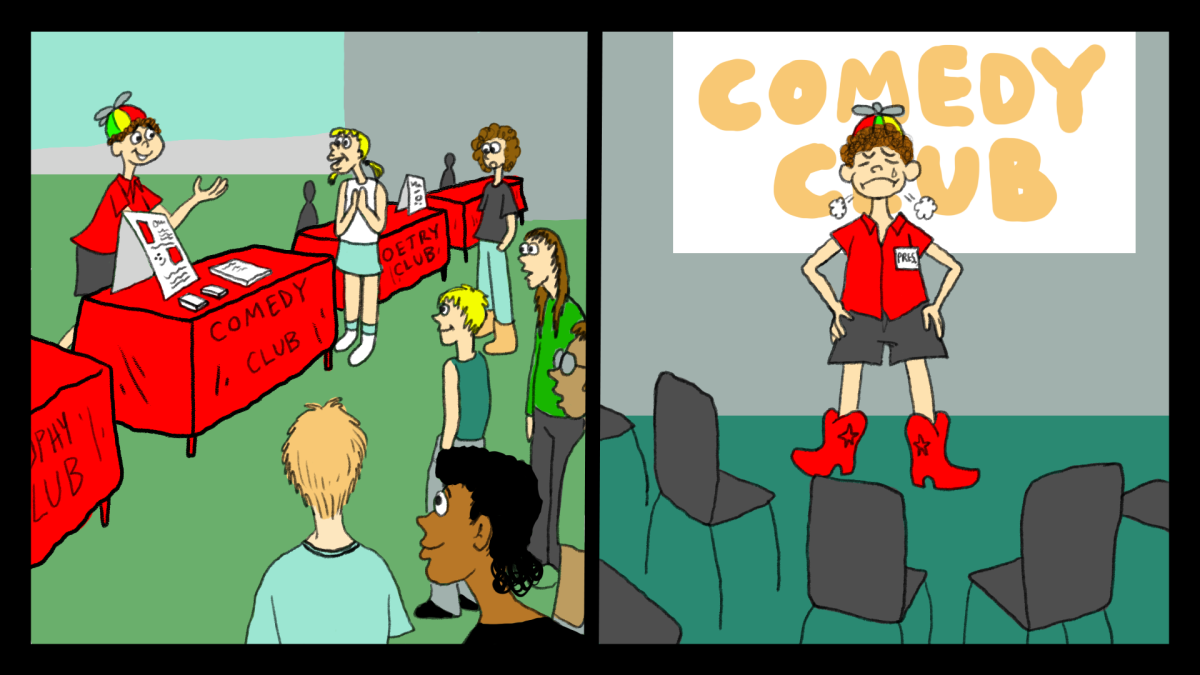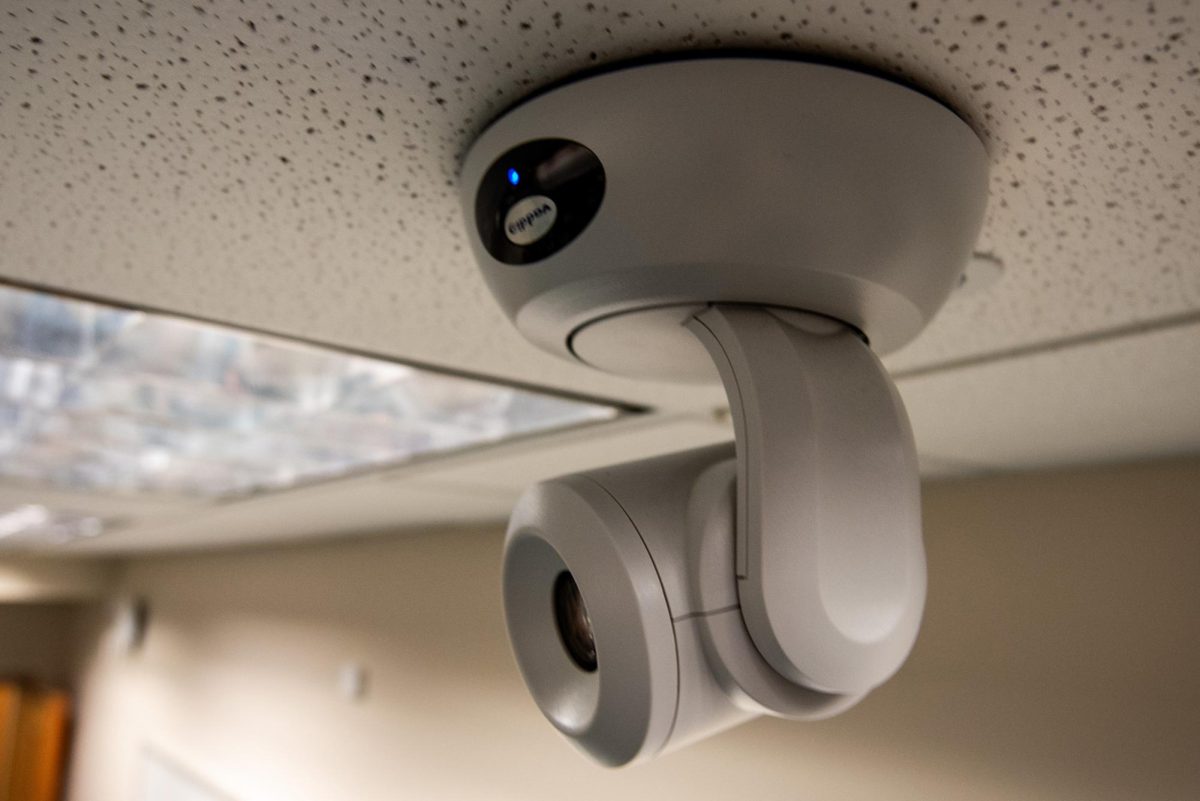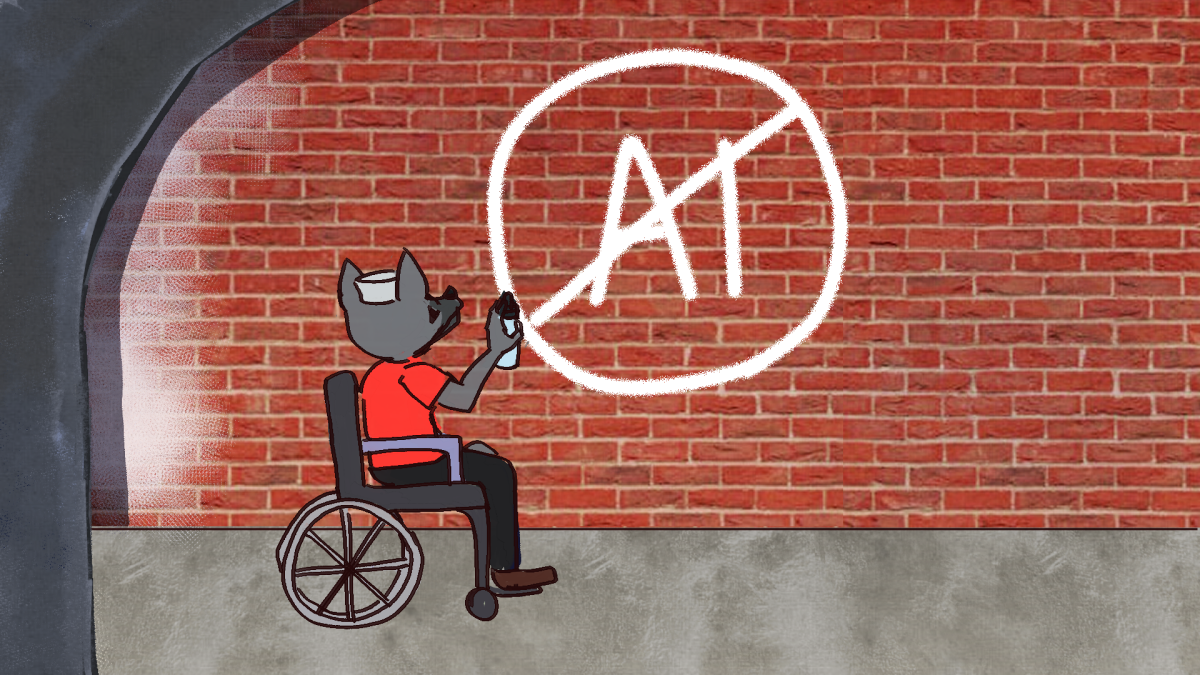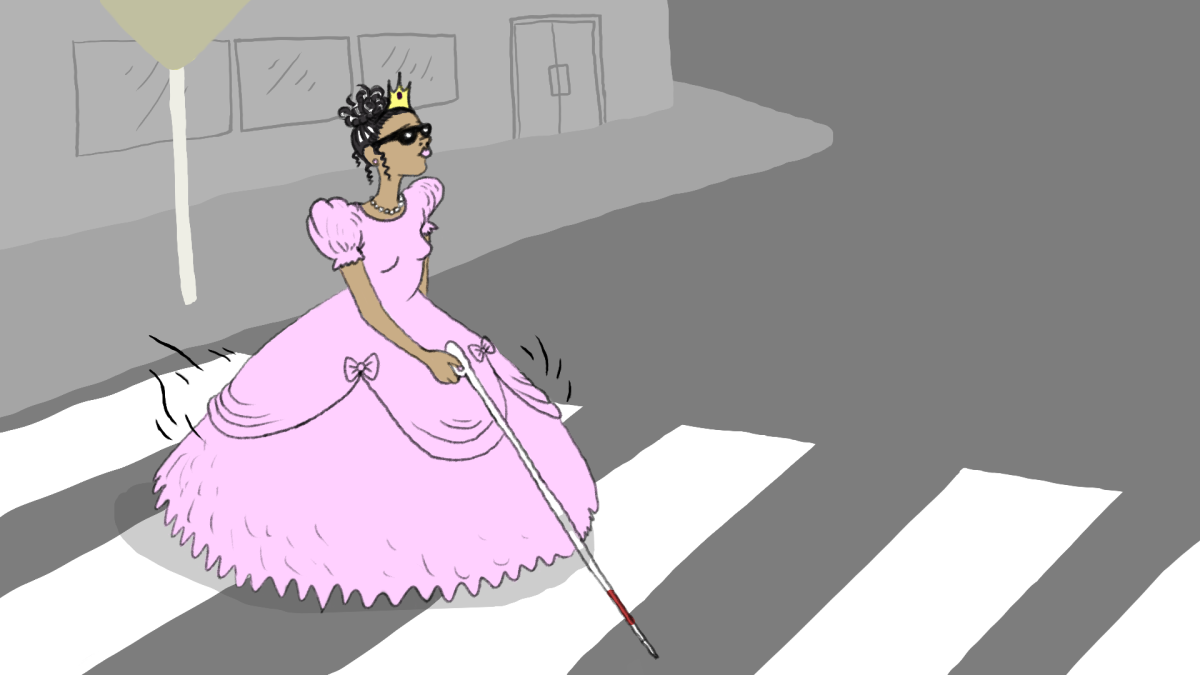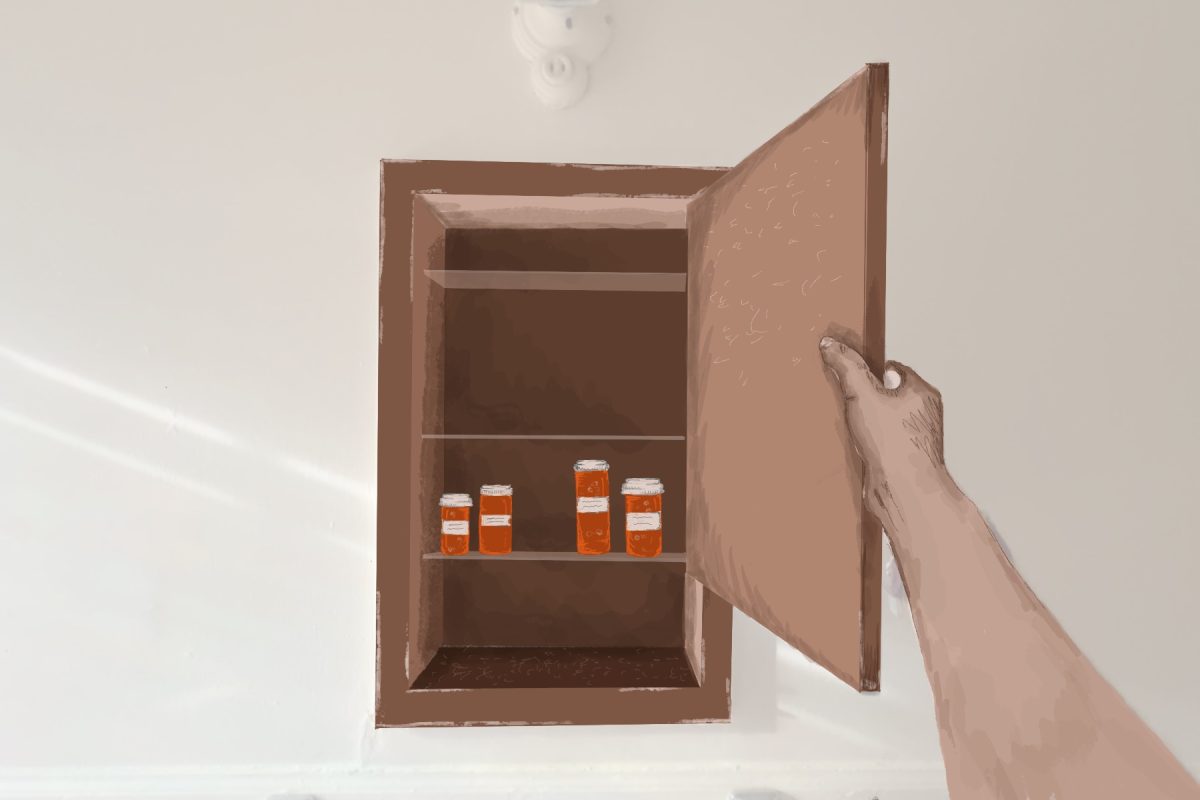Who else is tired and running late today because of the switch to standard time from daylight saving time (DST)? You would think we would be used to it by now, considering we have to change our clocks twice a year, every year. Yet it still seems to mess with us every time. Our sleep schedule is thrown off, no one ever knows what time it is and God forbid you miss that ONE clock and now you are off for the rest of the day.
Ironically, not everyone abides by DST. In the U.S., it is legally required by the 1966 Uniform Time Act to change the clocks on March 14 and Nov. 7, yet some American states, such as Hawaii and Arizona (with the exception of the Navajo Indian Reserve), do not participate in the chaos. The U.S. territories of the Northern Mariana Islands, Puerto Rico, Guam, the U.S. Virgin Islands and the American Samoa similarly do not abide by DST. Comparatively, less than 40% of all countries worldwide switch back and forth between standard and DST, so this is just a westernized idea that makes our lives harder.
So why did the U.S. jump on this bandwagon of falling back and springing forward? The exact reason why is debated, but it is widely agreed that Benjamin Franklin was an influential figure in the establishment of DST.
Some people point to its connection with war time to claim it began as a way to increase the amount of daylight for battles. Other people believe its true purpose was to aid farmers in the amount of daylight they had for harvest. Some claim it was a way to create a universal schedule for the railroads. Despite its original purpose, everyone agrees it exists to adjust our clock schedule to maximize the amount of sunlight during the day.
I can’t ignore some of the benefits of DST. In addition to the aforementioned intended benefits, some people believe the increase in natural light may also make a difference on the environment. They argue that any increase in natural light will decrease the amount of synthesized light and will therefore decrease energy use. However, studies have shown that the decrease in energy use is very tiny, only about 0.5%, and is almost completely offset by the increase of energy use for heating and cooling.
So yes, there are some benefits of DST, but in my opinion, the negative effects on everyone’s sleep patterns makes it more harmful than beneficial. After all, sleep is a critical factor in our mental and physical health. When you start messing with sleep, you start messing with our ability to handle stressors, stay awake during the day and our overall immunity.
I am not the only one who is questioning the benefits of DST either. In 2018, Florida passed something called the Sunshine Protection Act to formally ask the U.S. Government to allow them to be exempt from the Uniform Time Act. Arkansas, Alabama, California, Delaware, Georgia, Idaho, Louisiana, Maine, Ohio, Oregon, Tennessee, Utah, Washington, Wyoming and our neighbor South Carolina have also attempted to become exempt from the federal law through their own laws, initiatives and resolutions. That is 16 of the 48 states who abide by DST who want to quit it. That says something right there!
So, today, as your circadian rhythm, mood and ability to be on time is suffering from having to fall back an hour, ask yourself this: is all of this really worth one extra hour of sunlight? If you agree with me in thinking that it really isn’t, then consider writing to the North Carolina House of Representatives or the North Carolina senators, asking them to join the fight in ending this chaos.



